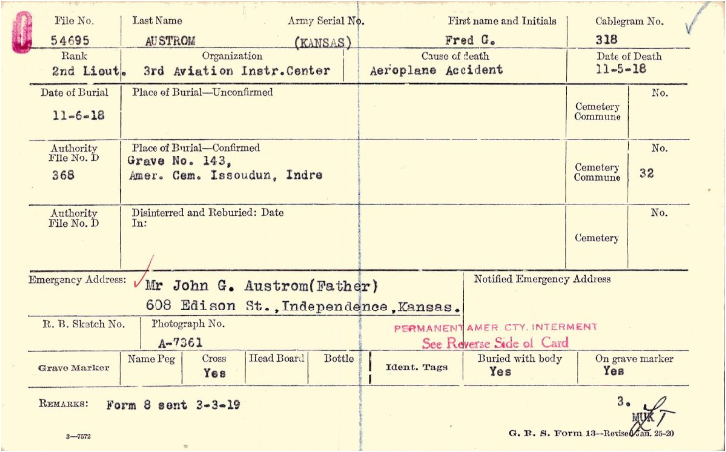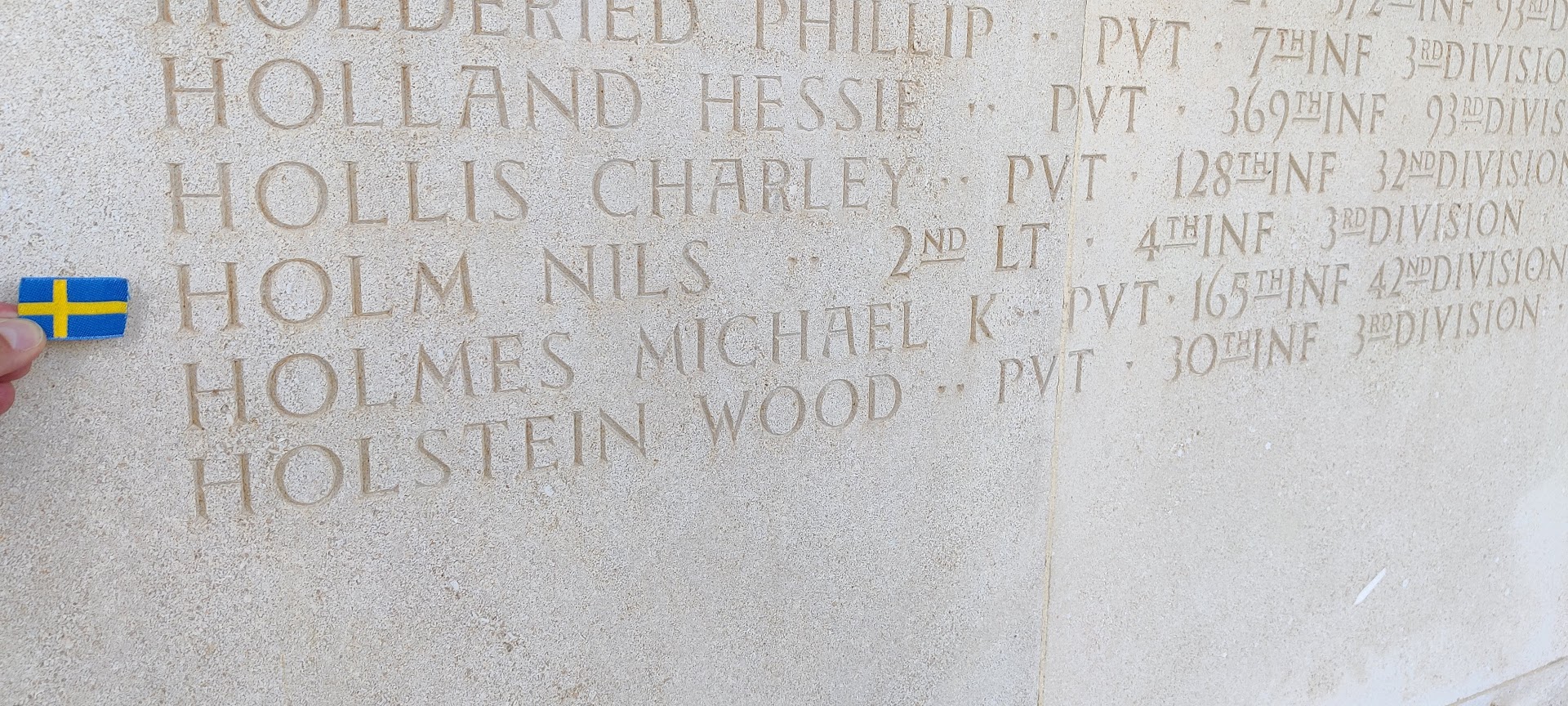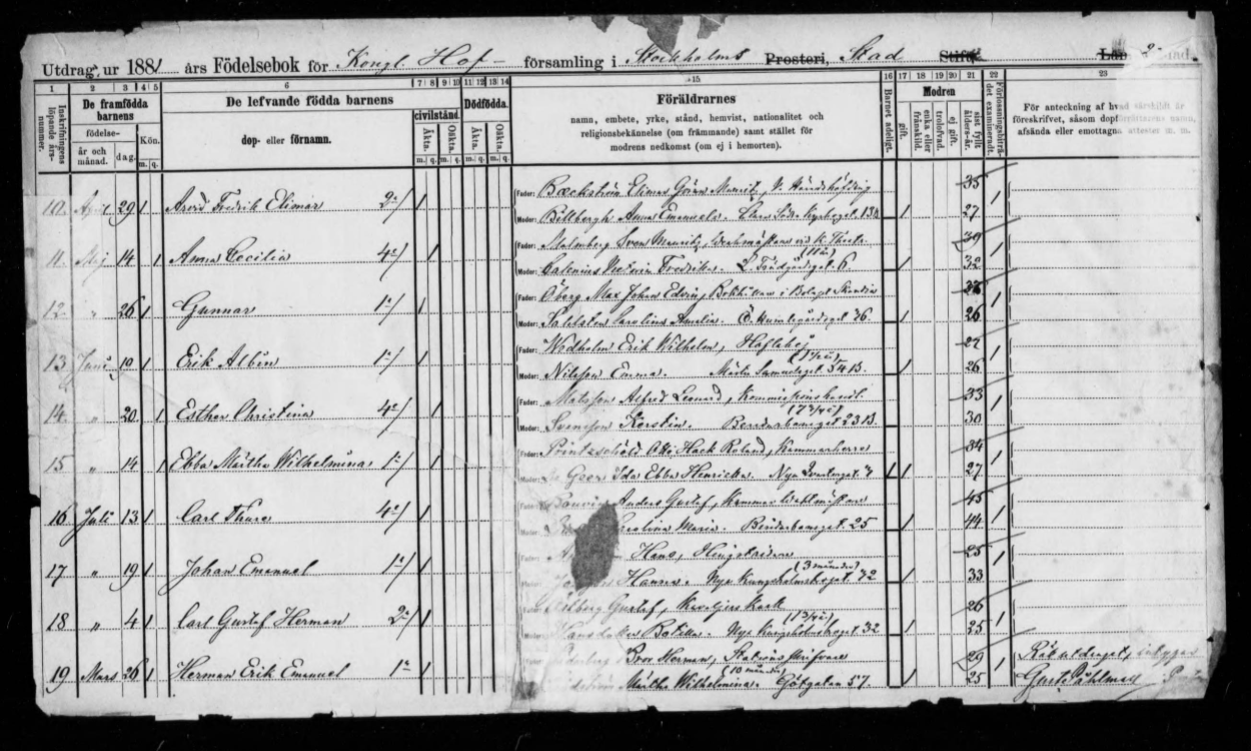In preparation for my upcoming Swedes at the Western Front tour, which will take place in April 2025, I keep looking into those Swedes, both Swedish born and 1st generation US Swedes, who took part in the Meuse Argonne Offensive 1918.
One specific tour station will be about those who fought within the units who became surrounded by German units during the campaign, known as the “Lost Battalion”. The units were surrounded from 2nd to 7th of October 1918.
Dozens of sources were consulted for the creation of the full list which contains the names of those who fought in the units involved in the actions during those days and it represents what may be considered to be the most accurate accounting possible. Among those names I have up to this date found names with Swedish connections.
I have in earlier posts presented a list of those Swedes who were in those units.
I will now present an updated list with some new names added. (marked in yellow)
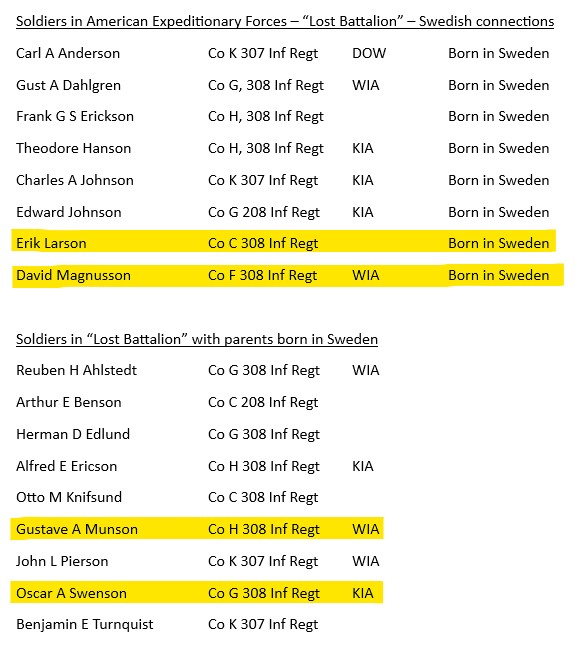
Erik Larson
Erik was born in Lysvik parish in Värmland, Sweden, October 20, 1894. He also had a twin sister. They were raised by their mother Maria Eriksdotter and father Lars Olsson. He took his surname from his father’s name Lars. Erik and his twin sister left Sweden for North America in February 1914.
Erik survived the actions during the days in October 1918, and later on died in September 18, 1978, in Seattle, Washington State, USA.
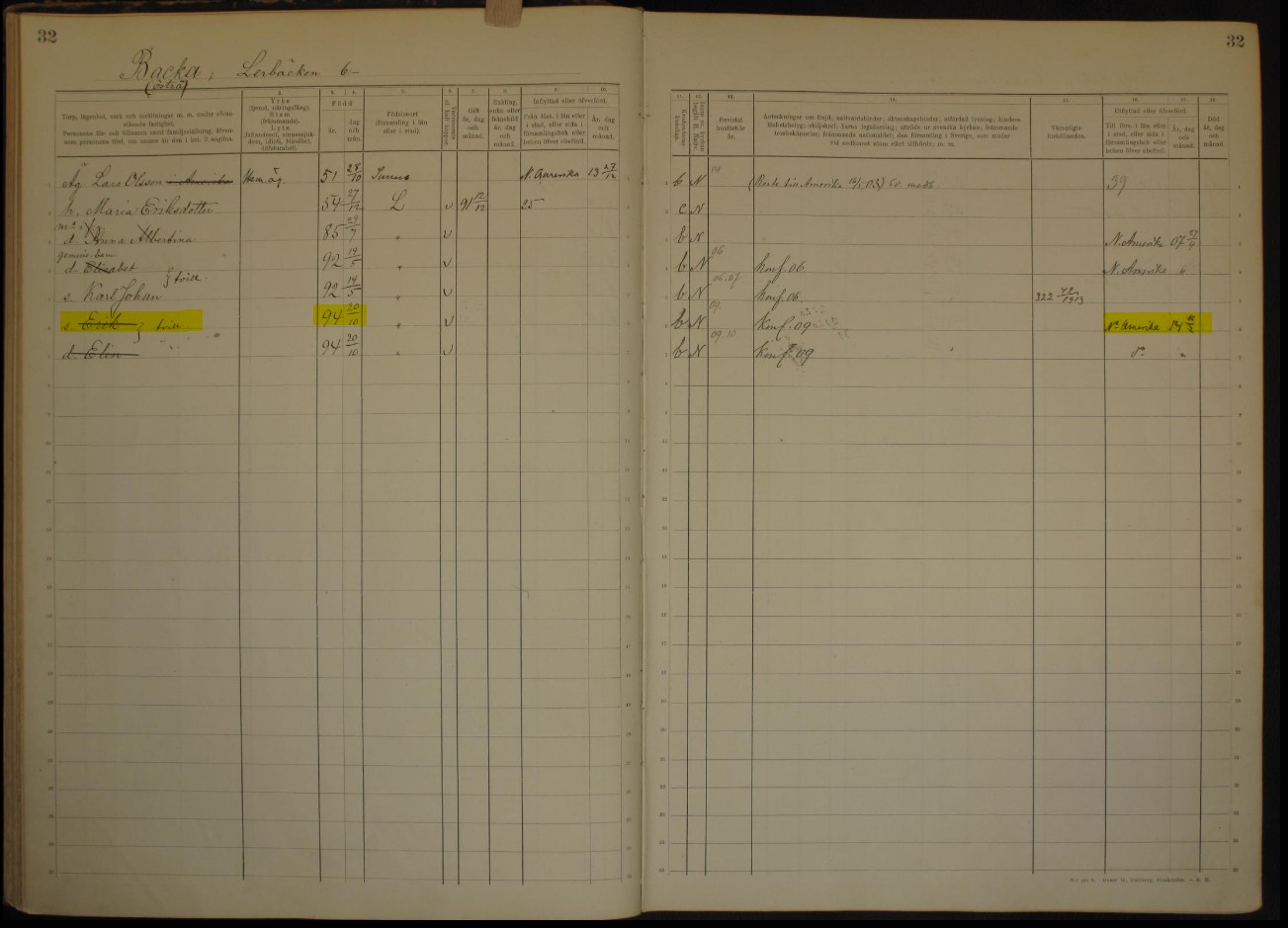
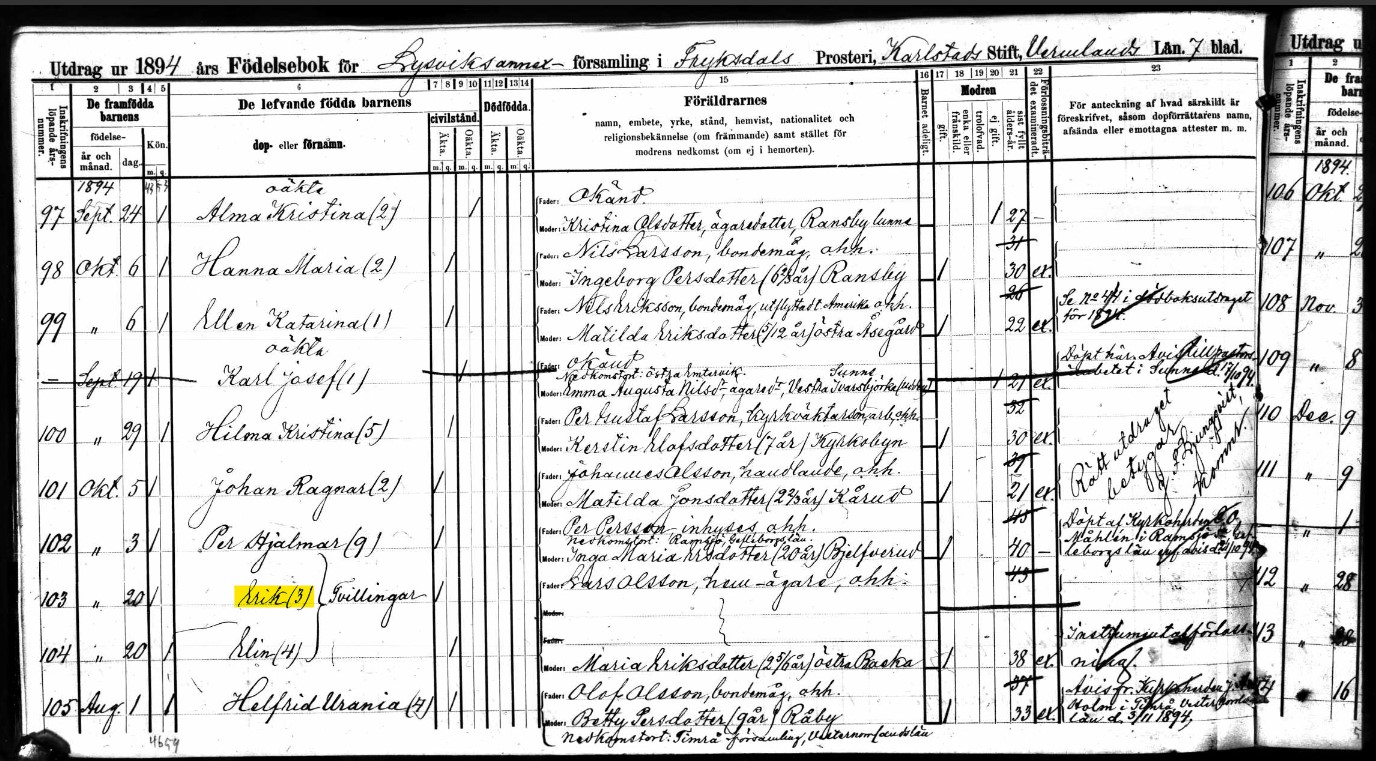
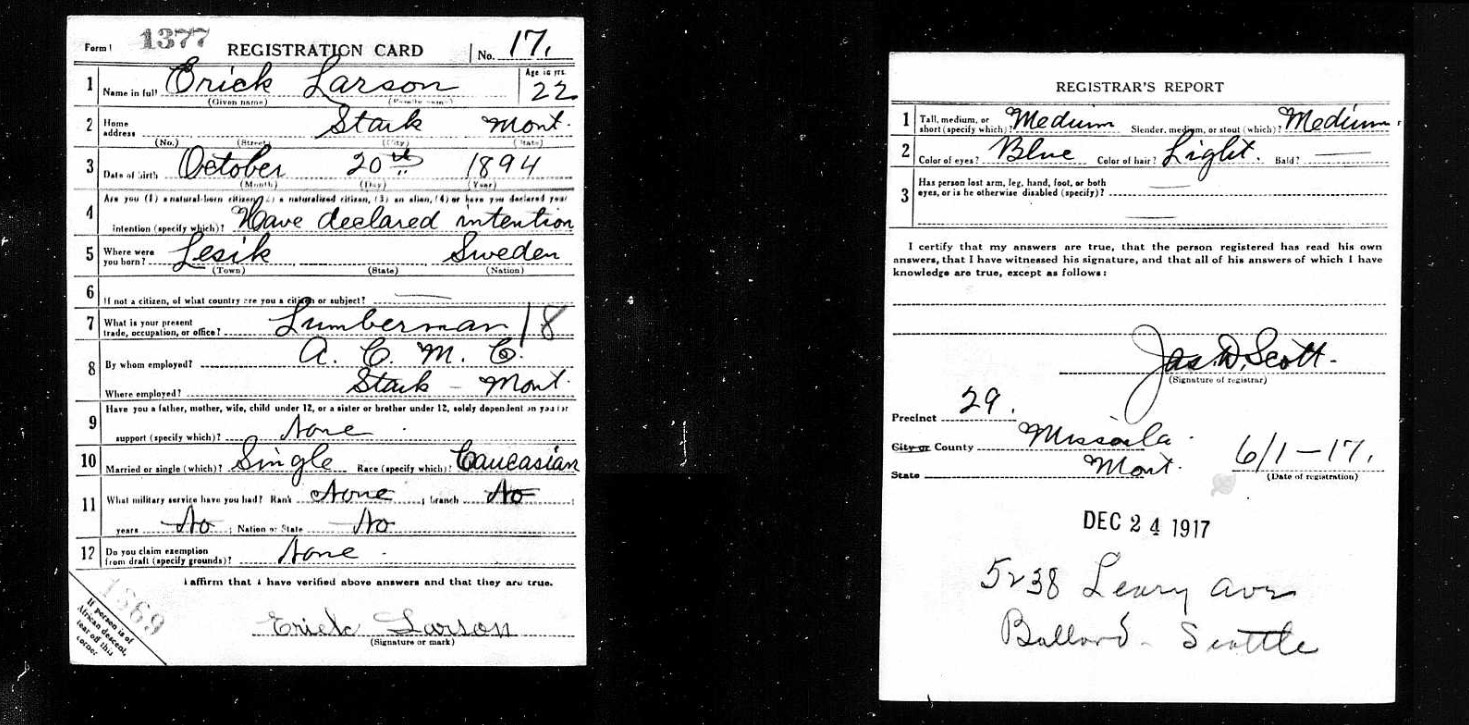

David Magnusson
David was born as David Natanael Magnusson in Sunne parish, Värmland, Sweden, January 24th, 1895. He was raised by his mother Brita Kajsa Lindberg and his father Magnus Gustafsson. He took his surname from his father’s name Magnus.
Magnus left Sweden for North America in October 1914. Magnus injured his left foot during the actions in October 1918, but survived the war and wet back to the USA, and later died in March 25, 1946, and is buried in Hartford, Connecticut.
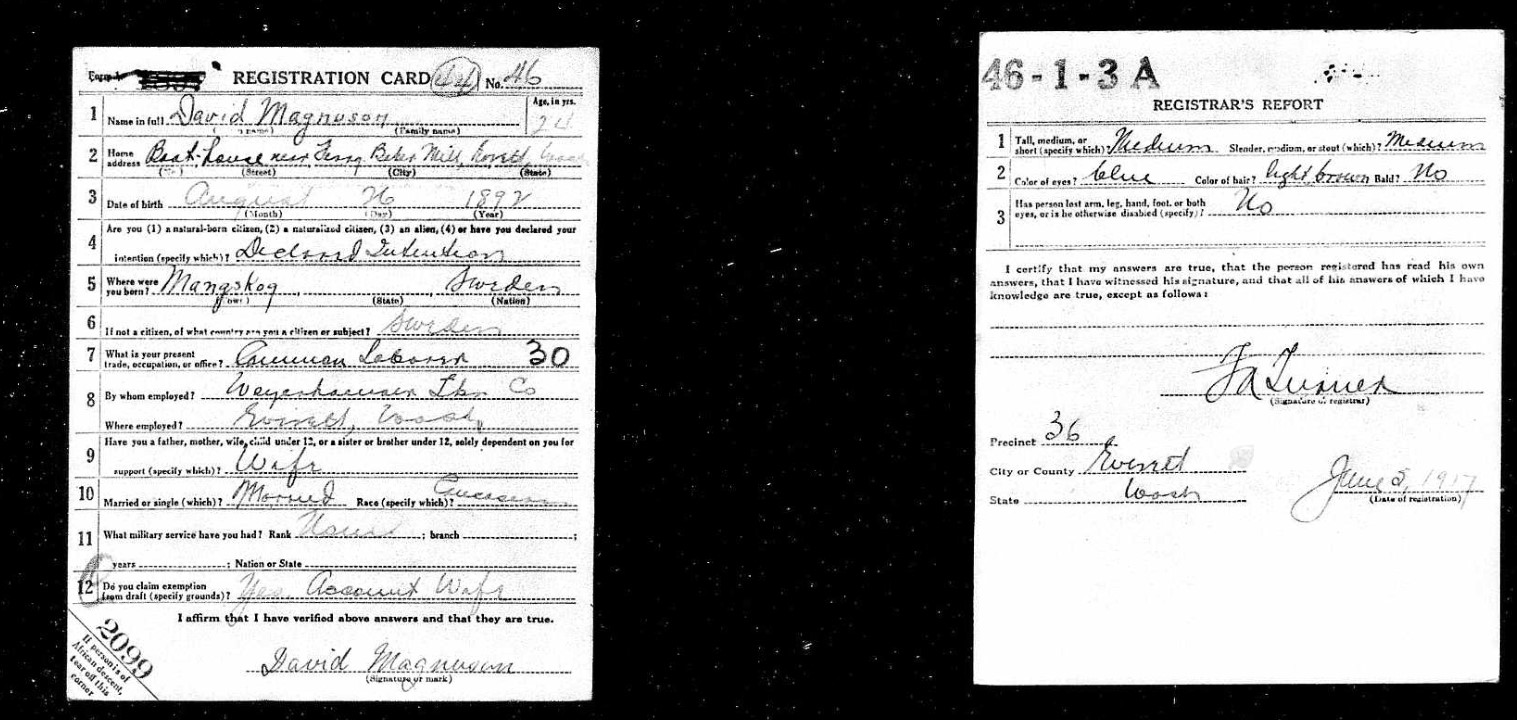
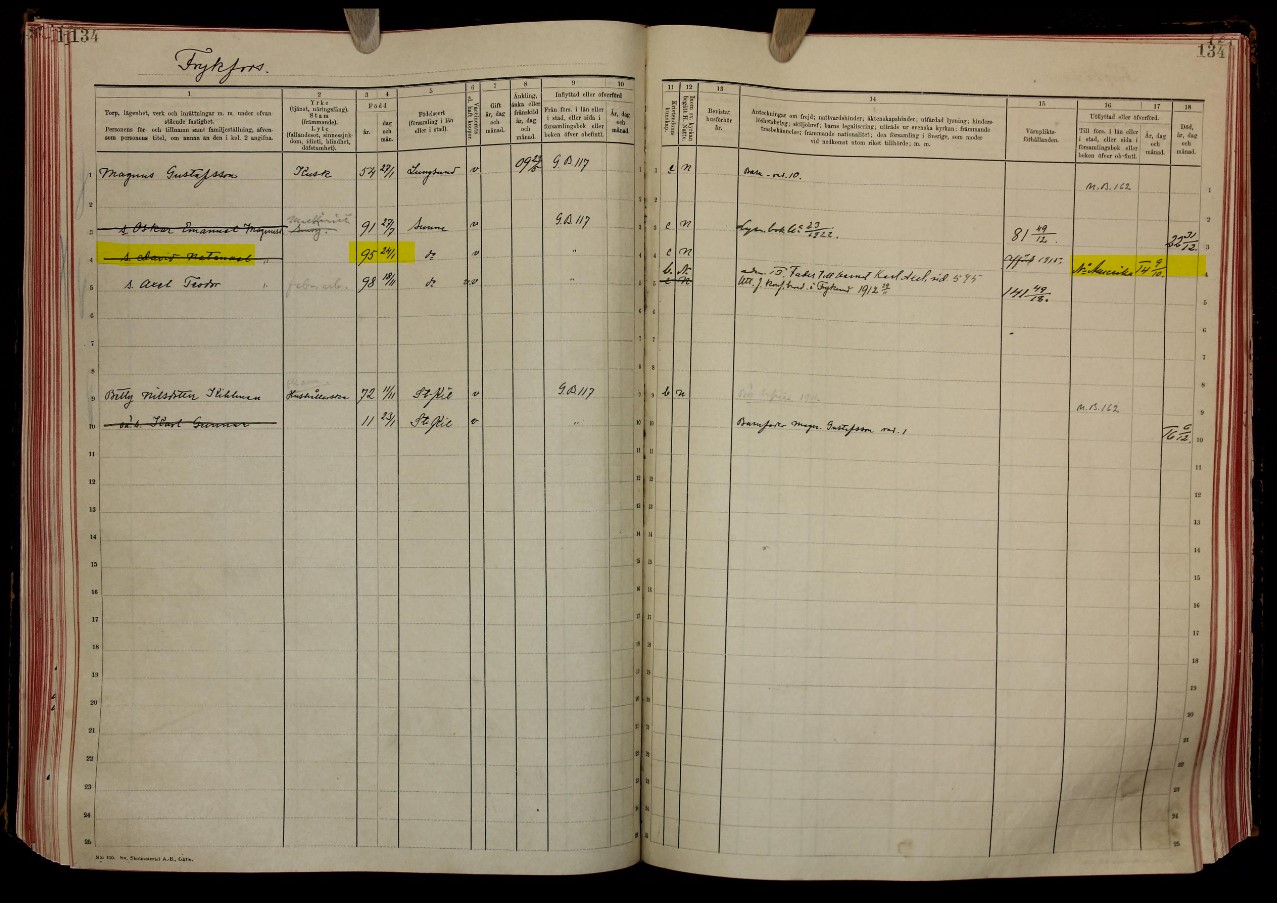
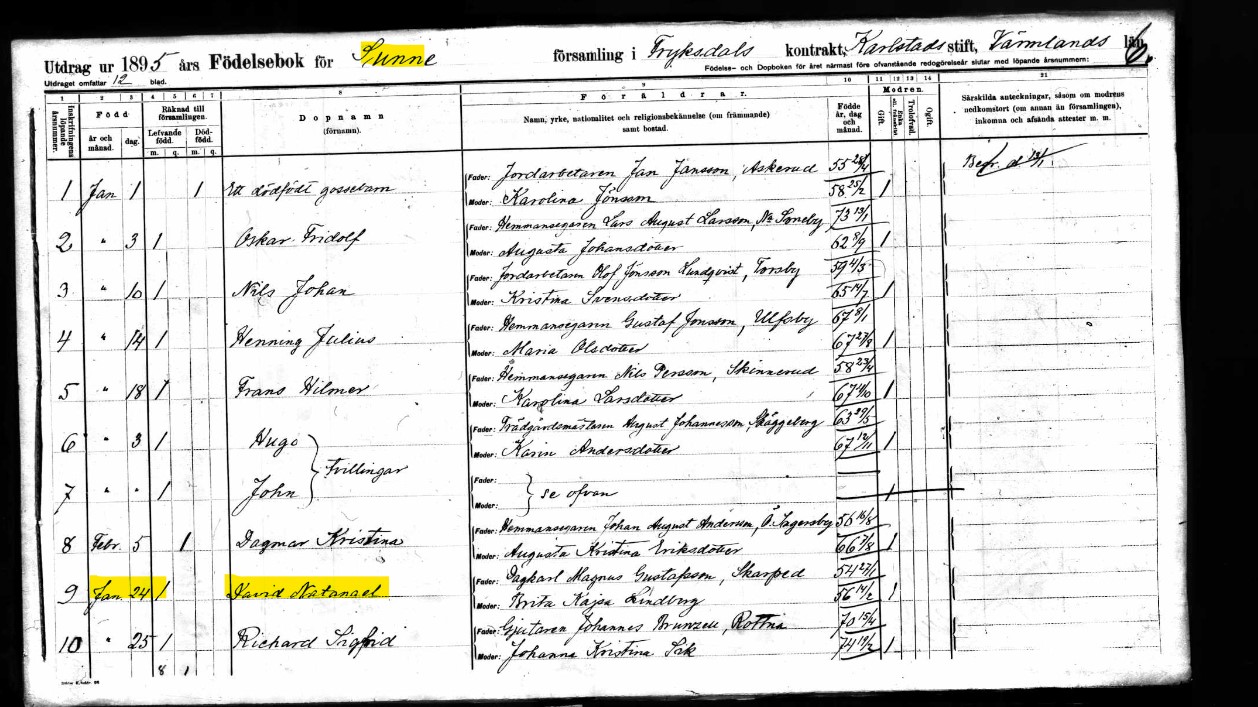
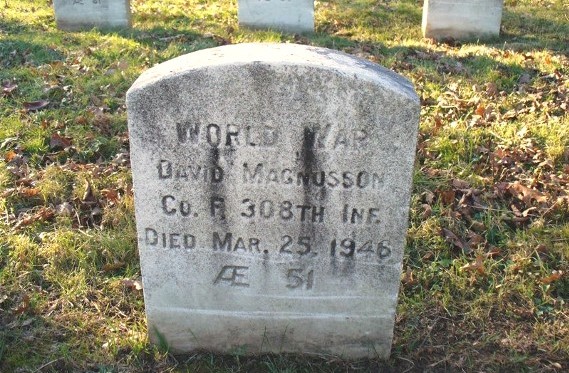
Gustave A Munson
Gustave was born as Gustave Adolph Munson in Etter, Minnesota, USA, in May 13th, 1894. He was raised by his parents Anna Lovisa Gustafsdotter, born in Säby parish, Jönköping County, and his father Johan August Magnusson, also from the parish of Säby in Sweden. August left Sweden already in 1868 and Gustave’s mother Anna Lovisa left in 1879.
Gustave surname Munson comes from his father’s surname Magnusson, which sometimes becomes a shorter version, Månsson, and then it is easy to see how Månsson became Munson. This is the way of how I have to think when looking for history of those Swedish emigrants who went to North America and Canada, as they often changed their names, to make them easier to handle over there.
Gustave was injured in his right hand during the actions in the Argonne Woods, but survived the War and went home to the USA again. Gustave is today buried in Wayne, Michigan, USA. He became 90 years old.
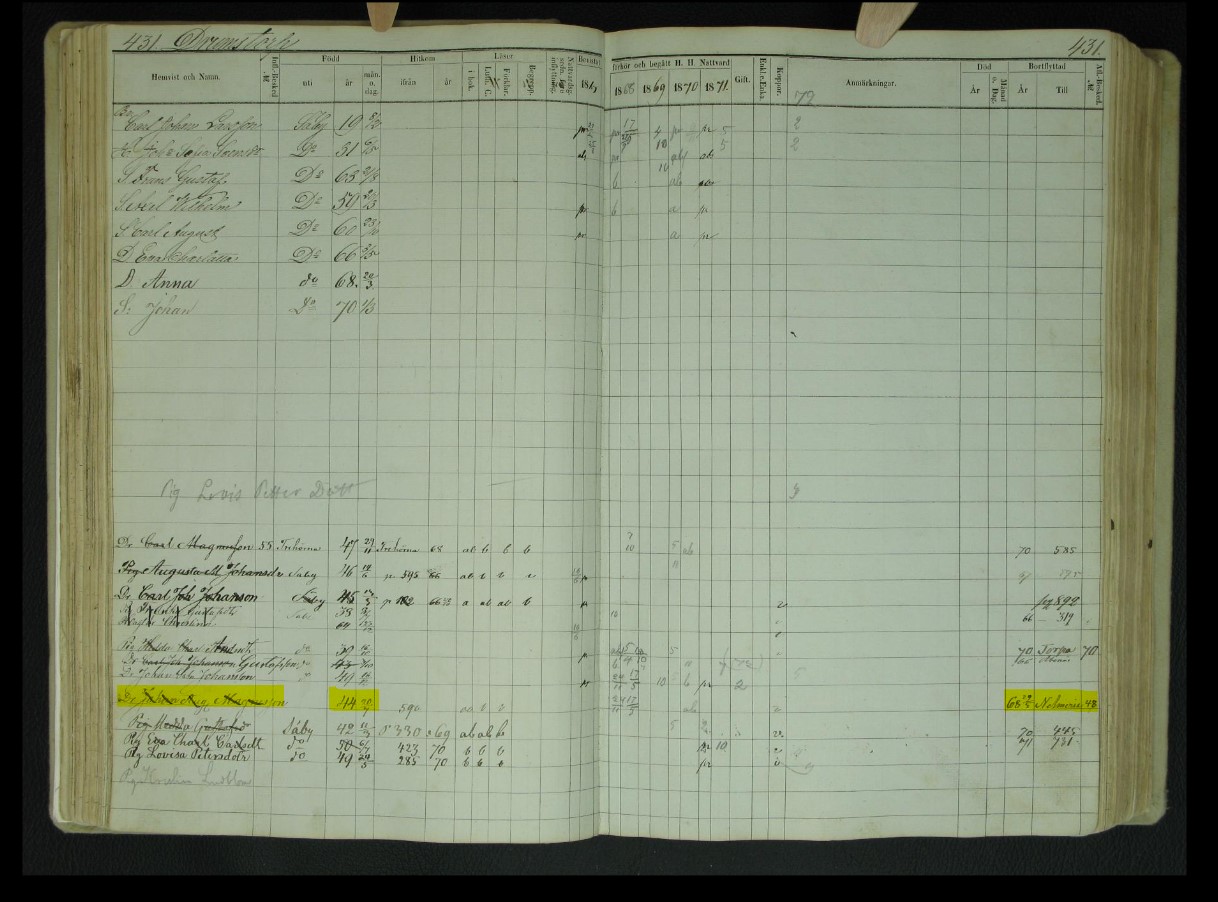
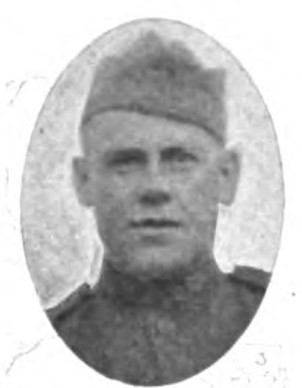
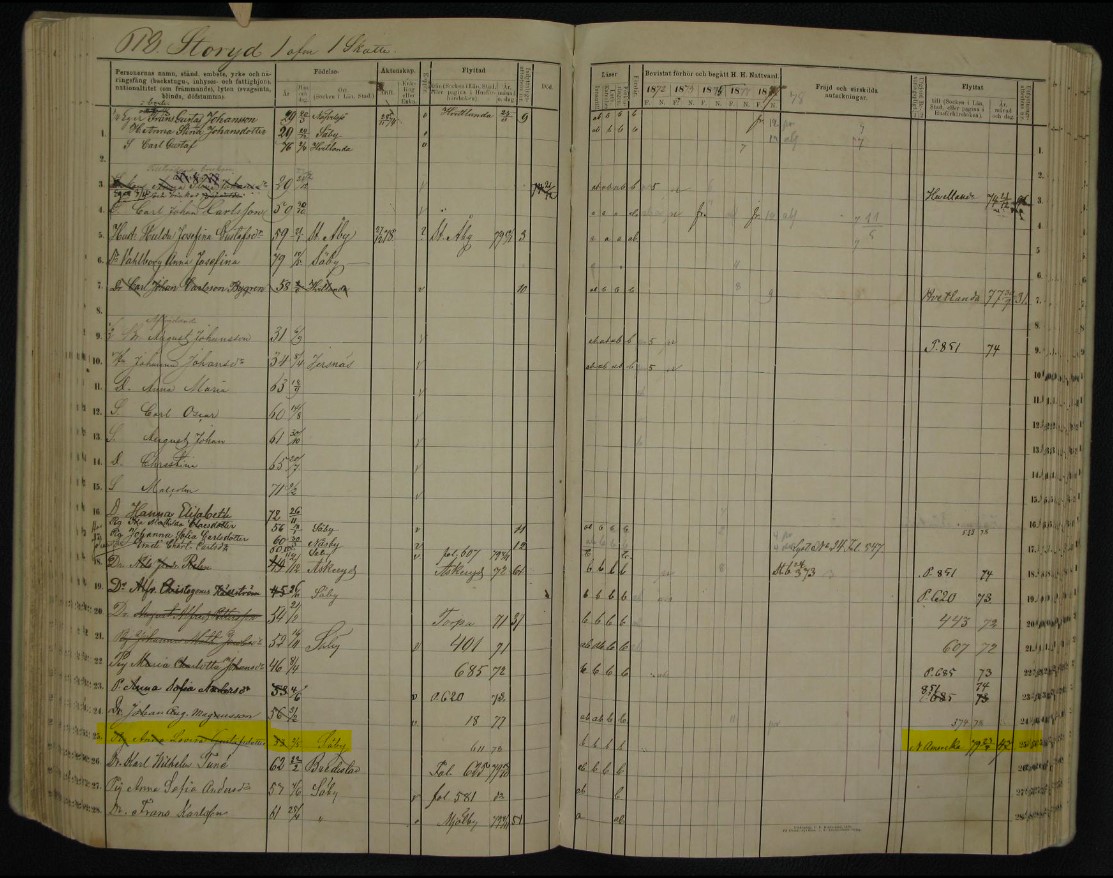
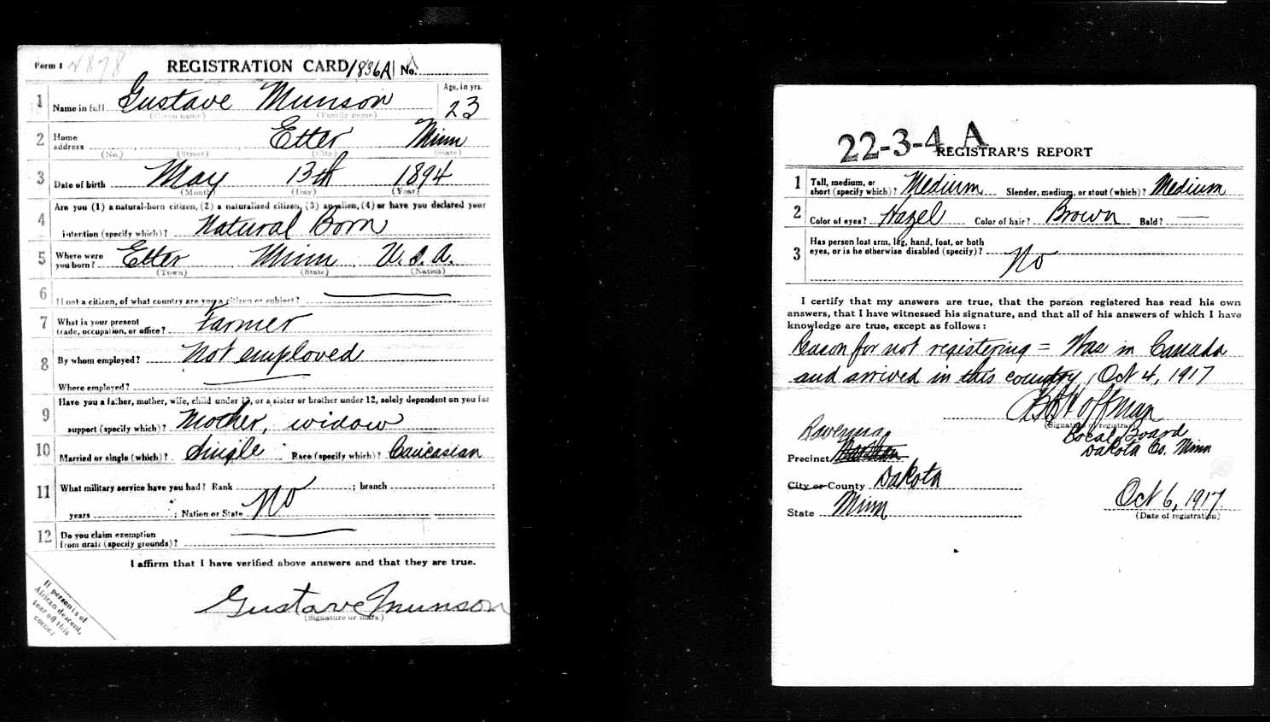
Oscar A Swenson
Oscar was born in Pierre, South Dakota, October 30th, 1895. He was raised by his mother Julia Swenson and his father Ola Swenson. Both parents born in Sweden. At this moment I have no information about from where in Sweden his parents left, but Ola emigrated to North America in 1887, and Julia emigrated in 1891, according to census documents.
Oscar was killed in action October 8th, 1918, during the aftermath of fightings that took place during those days mentioned above. He is now buried in Meuse Argonne American Cemetery in France.
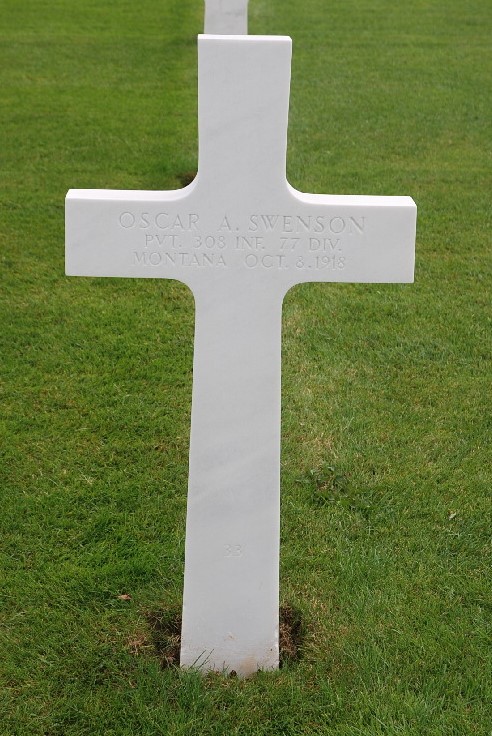

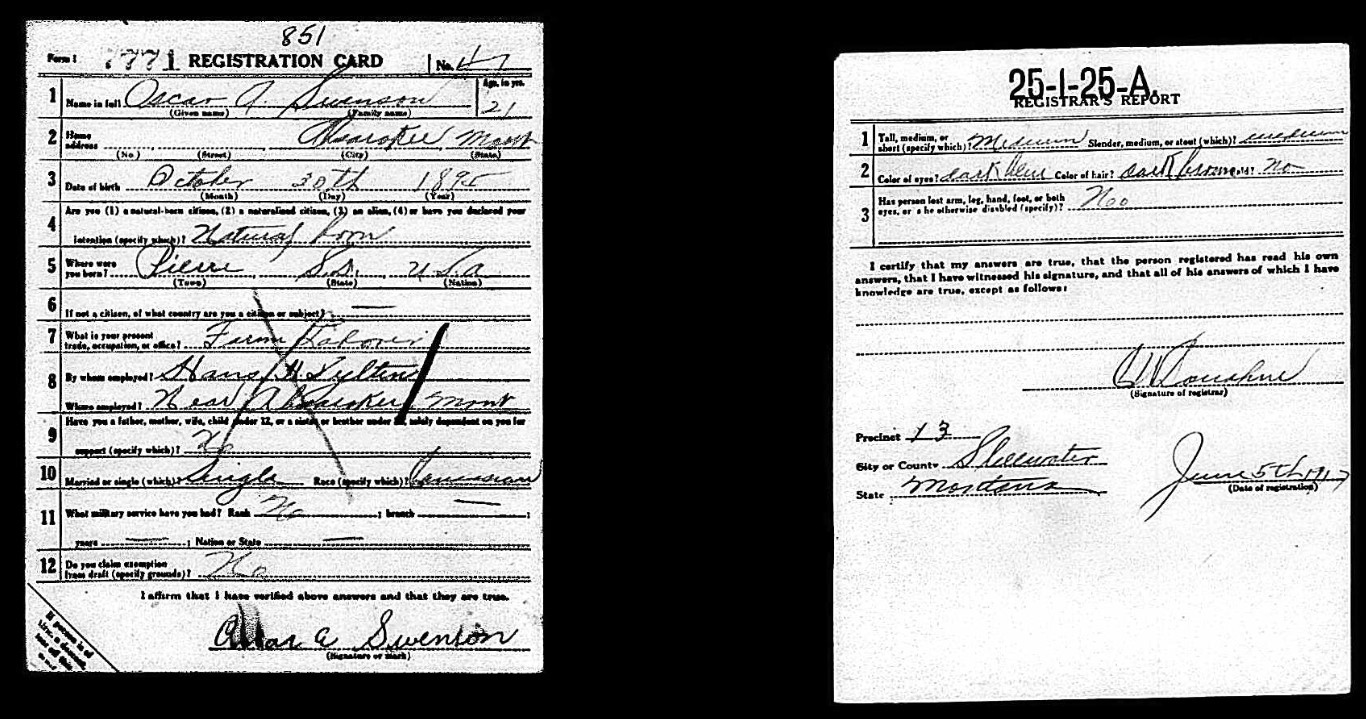

May them all rest in Peace.























